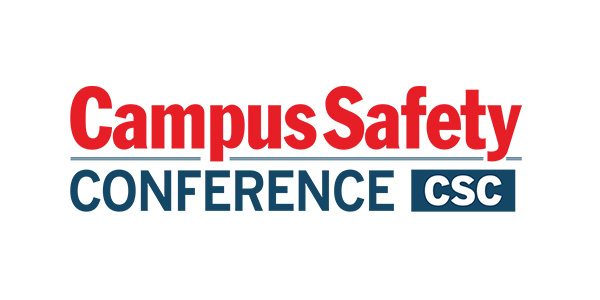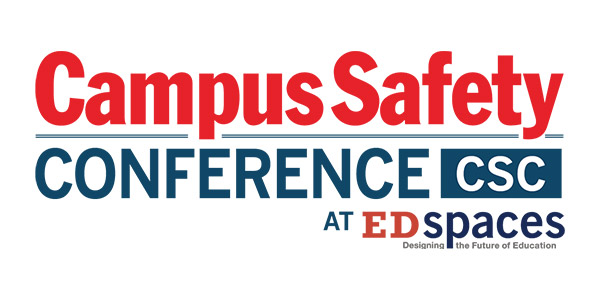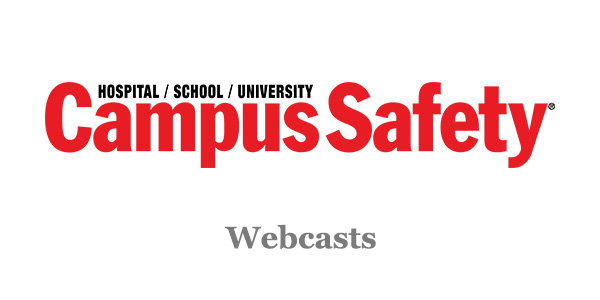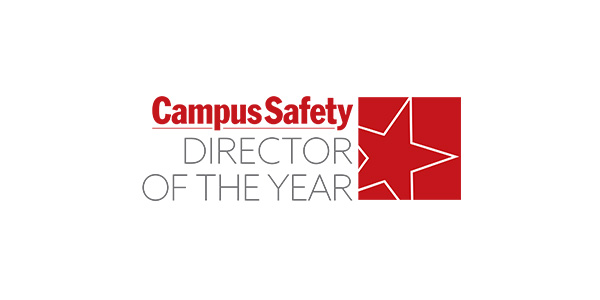I’ve noticed that some hospitals, schools and universities have begun to experience an unintended consequence of deploying video surveillance systems at their facilities: Some students, patients, visitors and non-security staff now mistakenly believe that the security cameras on campus are monitored by a real person 24/7 and that the police will be instantly notified should there be an incident.
When law enforcement or security officers don’t respond right away or they are unaware that an incident has occurred because they haven’t looked at the video, the victim may be tempted to file a lawsuit against the campus because he or she has unrealistic expectations of the level of protection provided by the institution’s video surveillance system. Although I’m certain most campus public safety professionals would love to have an officer constantly watching their video feeds, as most of you know, in most cases this just isn’t happening.
Because of limited funding and personnel, many campus public safety departments only check the footage from their video surveillance systems after an incident has been reported. Even if an institution has unlimited safety and security resources, when the campus has hundreds of cameras deployed, it’s virtually impossible to have a person (or several persons) monitoring all of the feeds all the time.
And even if they could view the images 24/7, watching security video is about as interesting as watching paint dry. After only a few minutes, the person doing the monitoring almost always tunes out.
We might want to blame TV shows, movies or sci-fi novels because they often lead the public to believe that these systems are all powerful when, in fact, they have limitations. But campuses must also look at how they are managing their communities’ perceptions and expectations of the effectiveness of security technology.
With video surveillance, old-fashioned signage is one cost-effective way hospitals, universities and schools can address this issue and limit their liability exposure, Ken Kirschenbaum, managing partner of Kirschenbaum and Kirschenbaum told me recently.
“Post signs indicating the CCTV is not being monitored and is for the protection of property,” he says. “That disclaimer posted by the cameras should dissuade someone from thinking they have any claims because it reduces their expectations.”
Les Gold of Mitchell Silberberg and Knupp LLP adds one important caveat: “If you are on a campus where there have been incidents over a period of time, then of course, there is a duty to have more than just a passive camera.”
In cases like these, additional security personnel or police may be needed to patrol the area. Upgraded access control might also be appropriate. Video analytics can also call attention to an incident in progress, although this solution has its limitations too.
Most importantly, campus administrators and public safety officials must not oversell the level of protection provided by video surveillance – or any public safety solution for that matter (universities have had similar difficulties with their emergency text messaging systems, as have hospitals with their infant abduction prevention equipment).
Video surveillance, access control, mass notification, emergency communications, intrusion devices and fire detection equipment all are wonderful tools, but campus constituents must continue to be educated on how they can take personal responsibility for their safety.
Additionally, we as public safety practitioners must guard against drinking the technology Kool-Aid (blindly believing the claims made by manufacturers and vendors without independently verifying them). We must fully understand the capabilities and limitations of public safety solutions so we don’t mistakenly mislead those we are supposed to protect.
Everyone – students, staff, patients, visitors and administrators, as well as campus public safety professionals – must be regularly reminded that there is no panacea that will keep a campus 100-percent safe. Not doing so puts campuses at greater risk for incidents and lawsuits.












